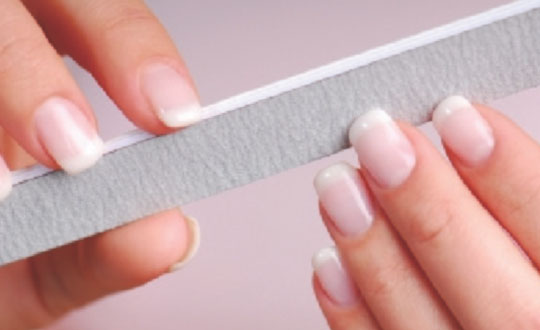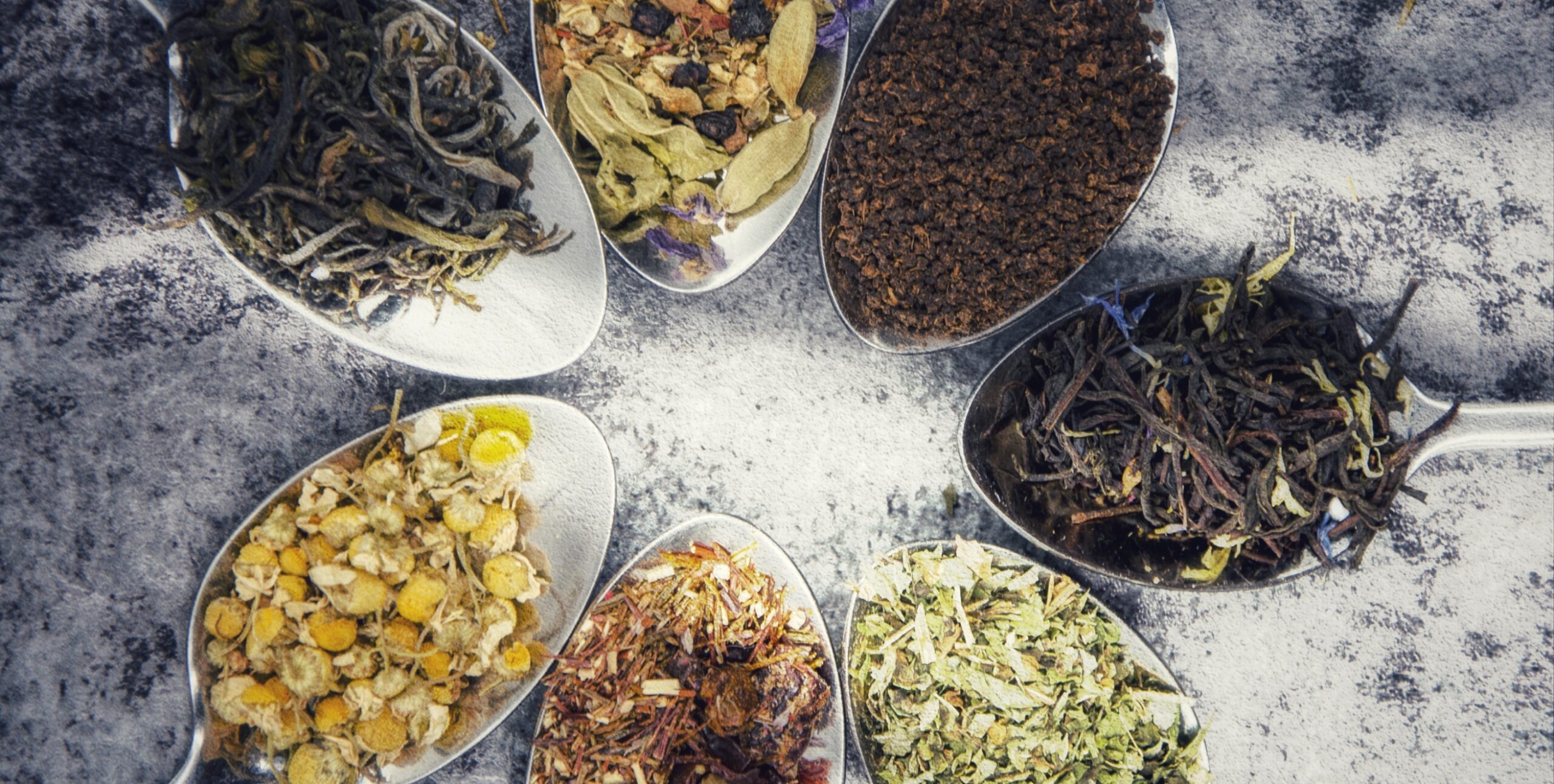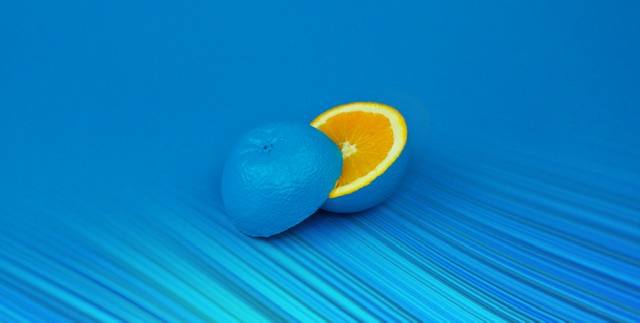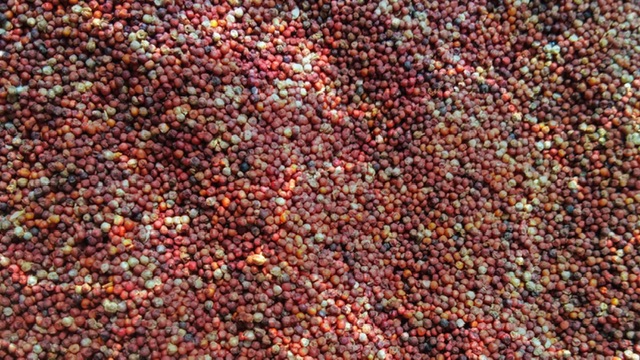Nails are a waste product of the asthi dhatu (bones) and comprise of layers of keratin (that is protein). They protect the tissues surrounding the nails from injury. They also provide a layer between the fingertip and an object, thereby providing an extra layer of protection. Despite this, many tend to ignore their fingernails…
Healthy nails are clear, smooth and have a natural pink sheen due to the blood that flows underneath the nail tissue. They are uniform in colour and have no discolouration. But sometimes, fingernails can develop white lines or spots due to an injury. Or they can develop ridges, can curl up, separate from the surrounding skin, or develop redness and/or bleeding around the nails.
Healthy nails call for a healthy diet with plenty of fresh fruits and vegetables and optimal amounts of macro as well as micronutrients. A lack of vitamin A, D and calcium can cause dryness and brittleness of nails. For strong nails include cow’s milk, cheese, yoghurt and carrots in your daily diet and make sure you keep your body well hydrated. Lack of vitamin B12 in particular can lead to darkened and rounded nails. Dairy products and mushrooms are rich in vitamin B12. Since nails are primarily made of protein, ensure that your diet contains proteins like eggs, legumes, cow’s milk, cheese and mushrooms. Regular intake of flaxseeds, nuts, canola oil and seeds prevents flaking and splitting of nails. Iron deficiency can cause nails to become pale, flat or concave, rather than convex. Therefore, care must be taken to have a complete diet which includes all nutrients in moderation.
While diet forms a major part of nail care, one must also emphasize on proper hygiene. Regular clipping of nails, keeping them clean, dry and moisturised, also goes a long way in maintaining proper nail growth.
Following are some nail care tips that one can follow for healthy nails:
- Keep your fingernails dry and clean. This will prevent growth of fungus and bacteria under the nails.
- Moisturise the nail cuticles regularly so that they don’t crack and peel.
- Avoid soaking your nails for long periods of time as this weakens them.
- Wear gloves while gardening and using detergents.
- Never ever resort to nail biting, as it is extremely destructive for the nails as well as the cuticles.
- It is not a good idea to remove the cuticles from your nails, as it will make the nail susceptible to infection. Rather, you should make use of good quality cuticle oil and gently push back the cuticles.
- Avoid nail polish as excessive use impairs the breathability of nails and lends them a yellow tint. Nail paints are known to contain potentially harmful ingredients, referred to as the ‘Toxic 3’- Toluene, Dibutyl Phthalate and Formaldehyde. Toluene is known to be harmful to your nervous system, and can cause light-headedness and nausea. Dibutyl Phthalate has been linked to cancer and birth defects. And formaldehyde is a known carcinogen that is used to preserve and embalm dead animals and humans. While many brands now label their products as ‘3 Free’, this information is inaccurate in most cases.
- To harden soft nails, soak them in olive oil for about 20 minutes. Repeat as required.
- To remove stains from your nails, mix one tablespoon of lemon juice in a cup of water and soak your nails in this liquid for a few minutes. Then, wash off with warm water and apply a hand moisturizer.





